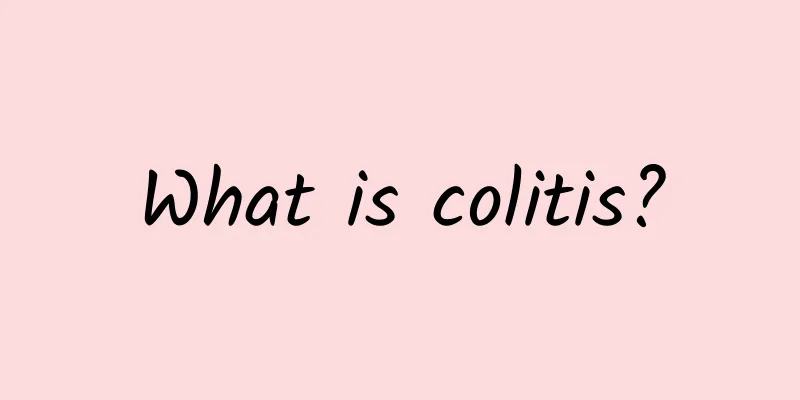What does a venous blood draw test?

|
Venous blood tests are quite common in our daily life. They are used to check whether the body has any diseases. There are many test items, such as routine blood tests, hepatitis B two-pair-half tests, liver function tests, DNA tests, kidney function tests, etc. These are all common venous blood tests. Before the test, you should understand some precautions to ensure the quality of the test. What does a venous blood draw test? Venous blood drawing can check many items, the most common ones are blood routine, liver function, hepatitis B two-pair-and-a-half, DNA, kidney function, electrolytes, blood sugar, blood lipids. Generally, routine physical examinations include many items. If the physical examination is organized by the school, the blood test generally has fewer items, including blood routine, hepatitis B five items, and liver function. If it is organized by the unit, the general items are more comprehensive, including blood routine, hepatitis B five items, hepatitis C, liver function, kidney function, blood lipids, blood sugar, ions, and blood drawing is equivalent to venous blood drawing. Eat a light meal the night before the examination, and go to bed on an empty stomach on the morning of the examination. It is best to have the examination before 10 o'clock. Notes 1. Preparation before blood collection: Before blood collection, the procedure should be explained patiently to the patient to eliminate unnecessary concerns and fears. If some patients feel dizzy during needle insertion or after blood drawing, the needle should be pulled out immediately and they should lie down and rest for a while, then they will recover. If necessary, the patient can be given aromatic tinctures to sniff, or acupuncture (or thumb pinching) can be performed on acupoints such as Ren Zhong and Hegu. If dizziness is caused by hypoglycemia, glucose can be injected intravenously immediately or the patient can be asked to take sugar water. If there are other situations, you should immediately consult a doctor. 2. Prepare test tubes for different examination items. Different anticoagulants and dilution ratios with blood can be selected according to the test needs. For example, when measuring blood cell counts and parameters such as MCV and MPV, appropriate anticoagulants should be selected. Do not use heparin anticoagulants, because heparin anticoagulants will affect the RBC and PLT count results. 3. Selecting a vein: If the vein of an obese patient is not clearly exposed, you can disinfect the index finger of your left hand with iodine tincture and ethanol, and then touch the blood collection site. Once you find the direction of the vein, make a tentative puncture based on the direction and depth you feel. 4. Before using the syringe to draw blood from a vein, carefully check whether the needle is securely installed and whether there is air or moisture in the syringe. The needle used should be sharp, smooth, and breathable, and the syringe should not leak. When drawing blood, the needle plug can only be pulled outward and cannot be pushed into the vein to avoid the formation of air embolism and serious consequences. 5. When using a tourniquet to collect venous blood, the compression time of the tourniquet should not be too long and the binding should not be too tight to avoid blood congestion and blood concentration. It is best not to exceed 1 minute, otherwise it will affect certain test results, such as causing an increase in hemoglobin and hematocrit. |
<<: What medicine can cure phlebitis quickly?
>>: Can mycoplasma infection in children heal itself?
Recommend
The genetic probability of ankylosing spondylitis is so great
Life will become extremely painful after sufferin...
What to do if your nose is swollen
The phenomenon of swollen nose is common in our l...
If I had hepatitis as a child, will it recur when I grow up?
Hepatitis is a relatively stubborn disease, and i...
Symptoms and prevention measures of genital herpes in women
Female genital herpes is a common sexually transm...
What fruits are good to eat when you have dampness?
People with heavy dampness can pay attention to c...
What to do if young people have high blood pressure
High blood pressure is a common condition for mid...
What does itching on the left foot indicate?
There are many acupoints on our feet. Sometimes s...
What is the reason for sweating
Many people have this problem in their daily live...
The fastest way to reduce facial swelling
There are many reasons for facial swelling, such ...
Dust mite allergy urticaria
Nowadays, some people in the circle of friends wi...
I can't poop when I'm sitting down
Being unable to poop while sitting may be due to ...
How are adnexal cysts formed?
There are many causes of adnexal cysts, the most ...
Causes of hand tremors
Some people often find that their hands are shaki...
How much does the fetus and amniotic fluid weigh when pregnant for six months
Generally speaking, when a woman is six months pr...
What to do if you have stomach flu and vomiting?
Gastrointestinal cold is a common disease in summ...









